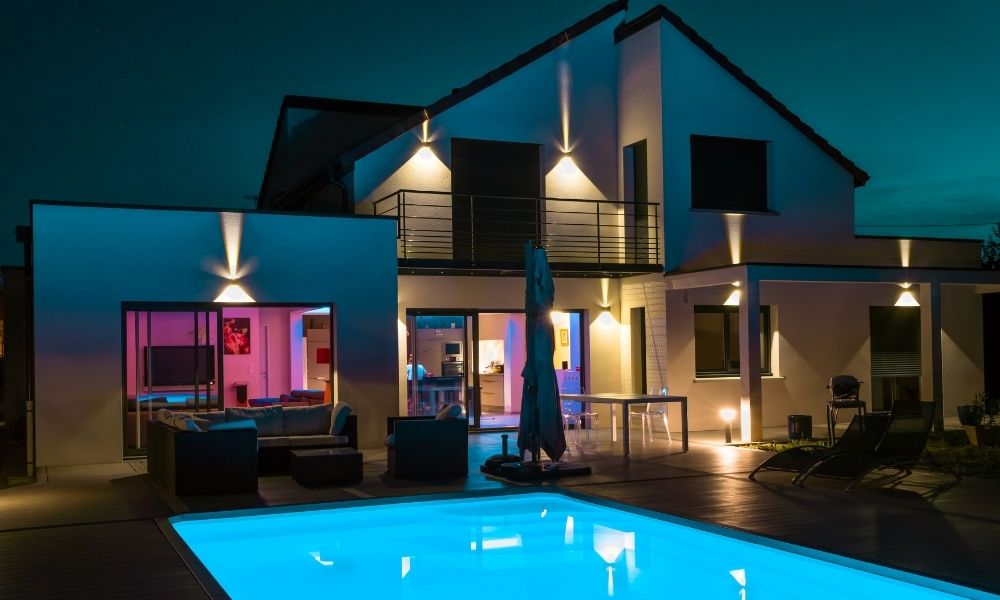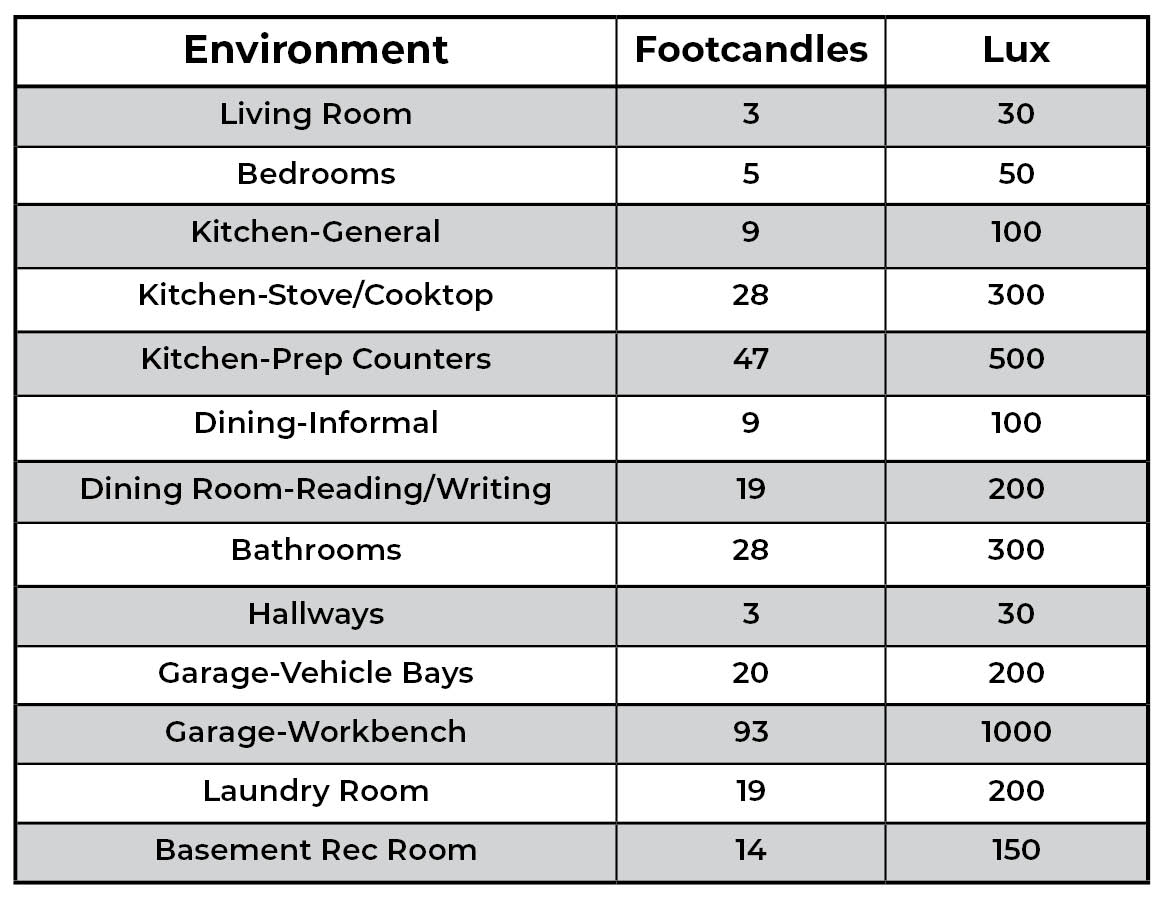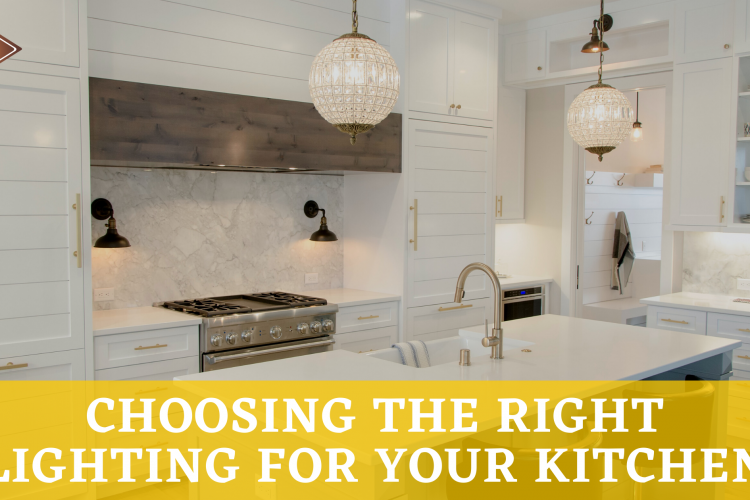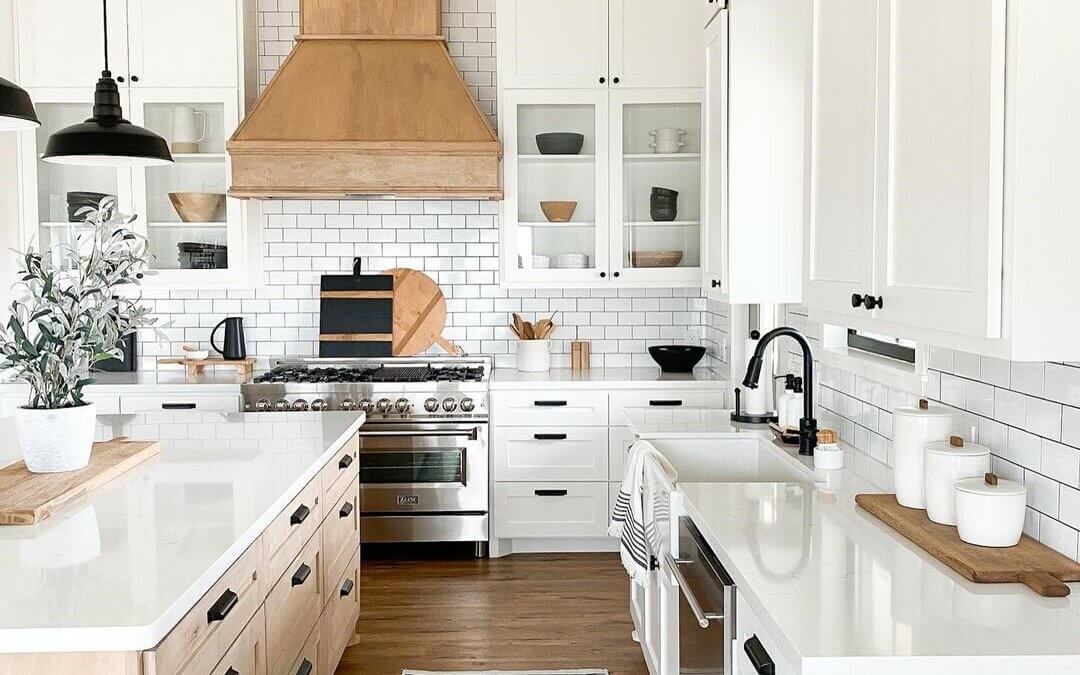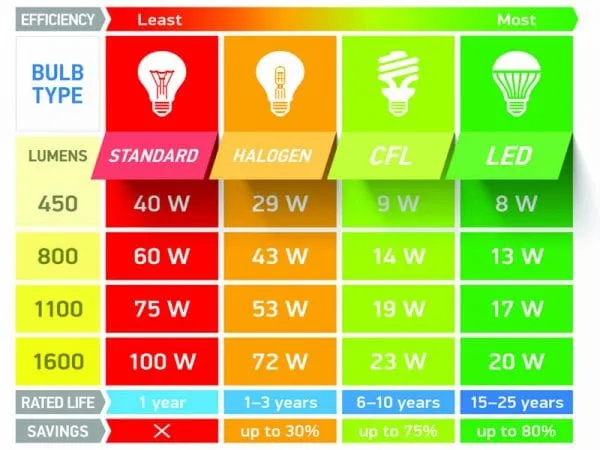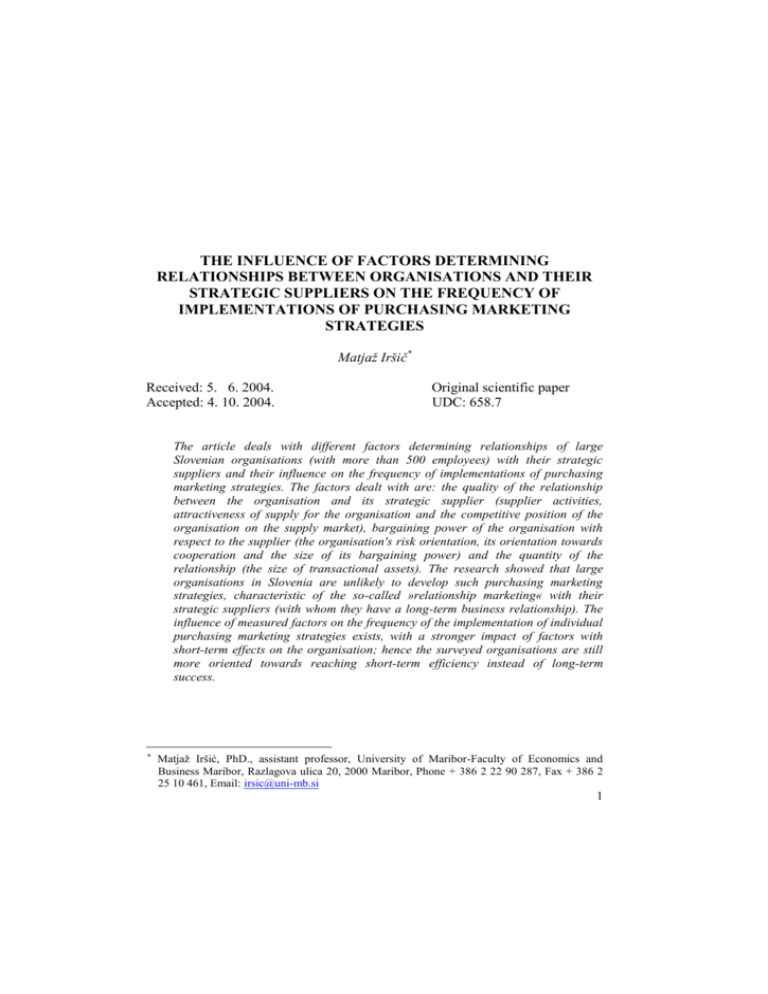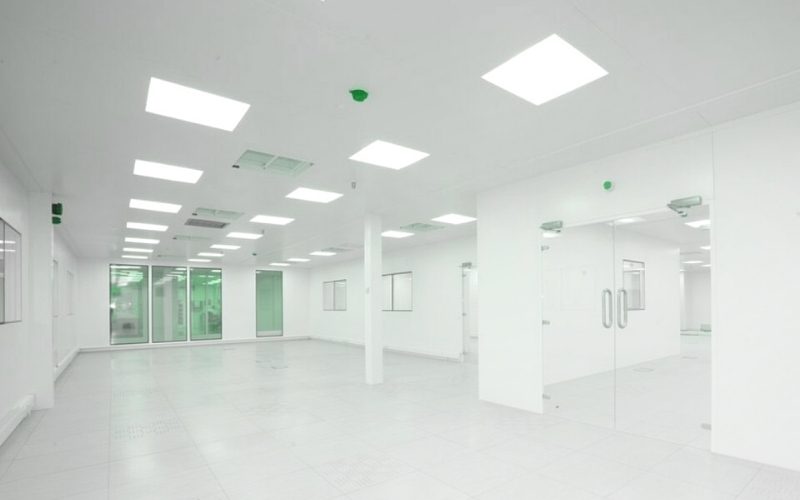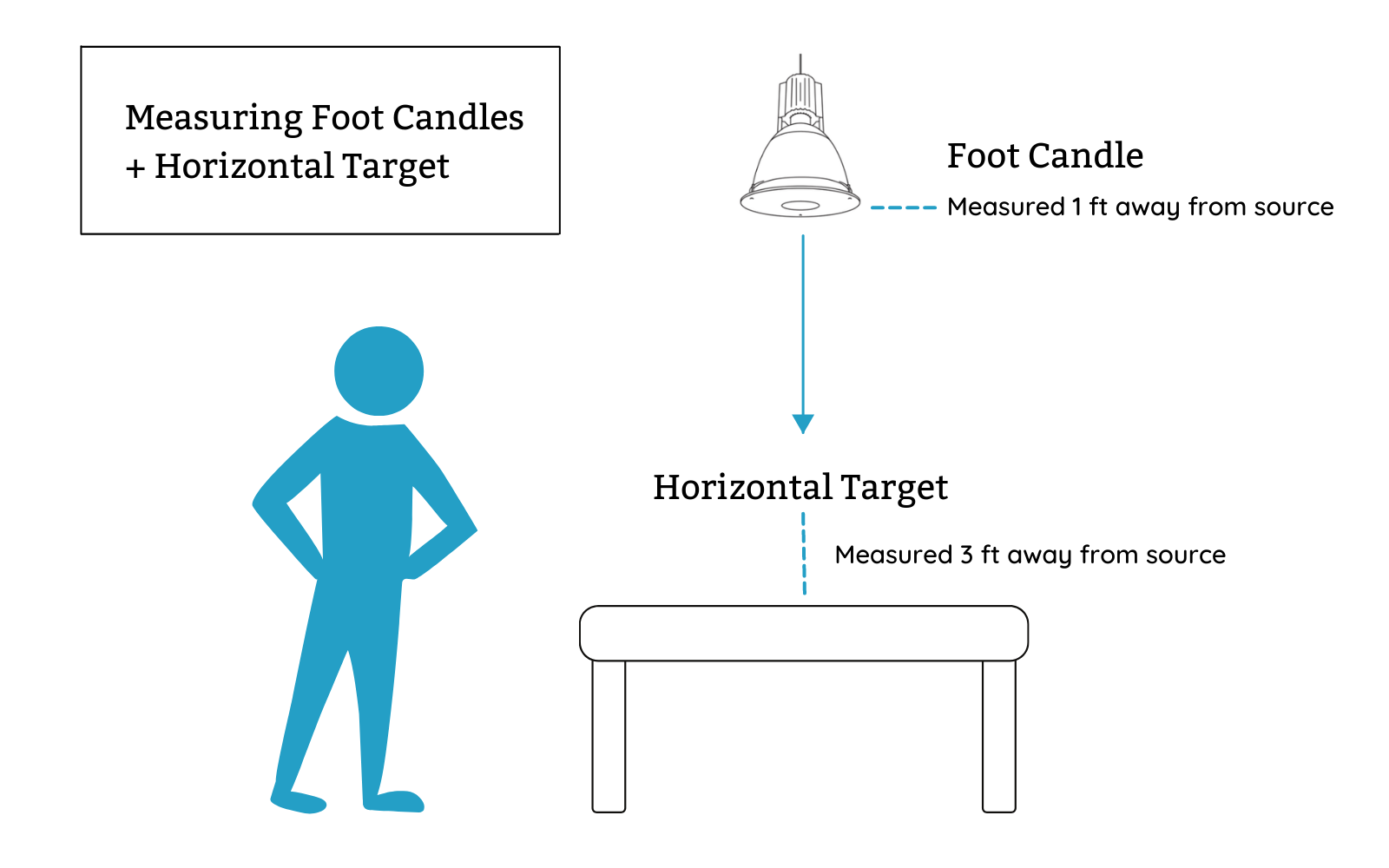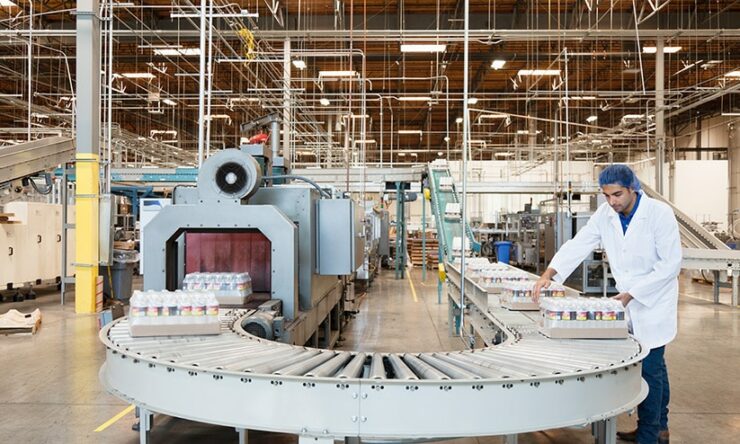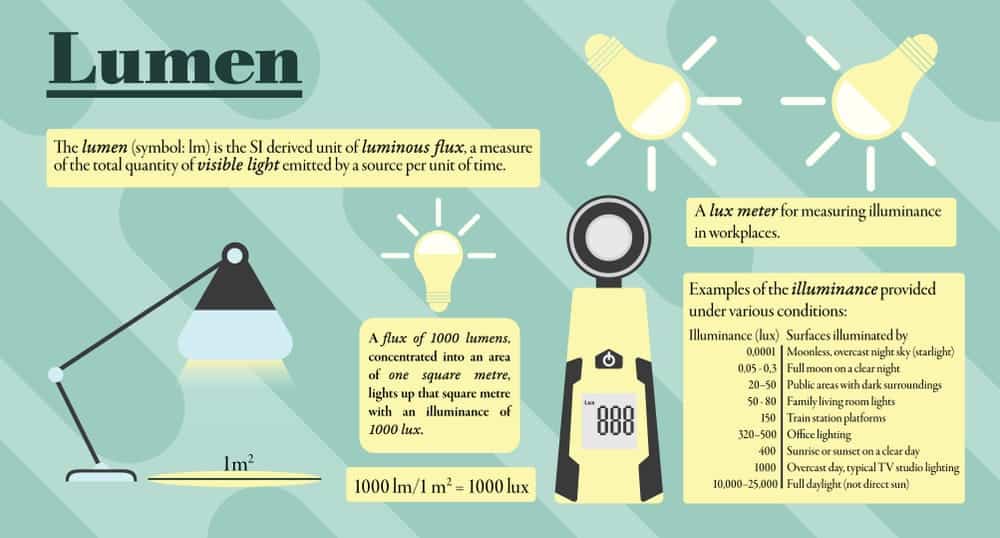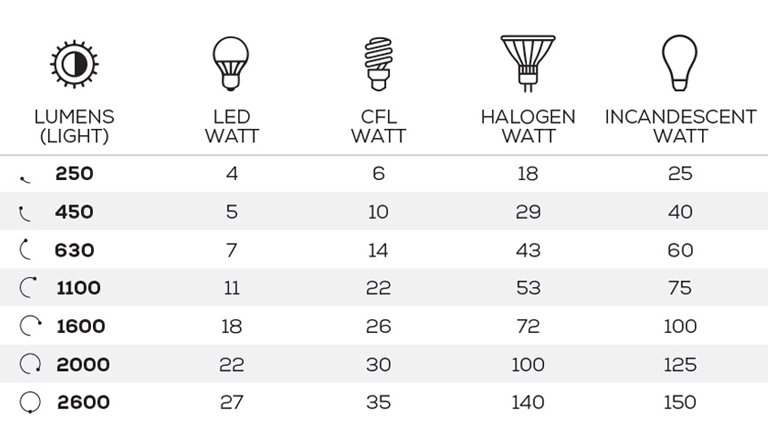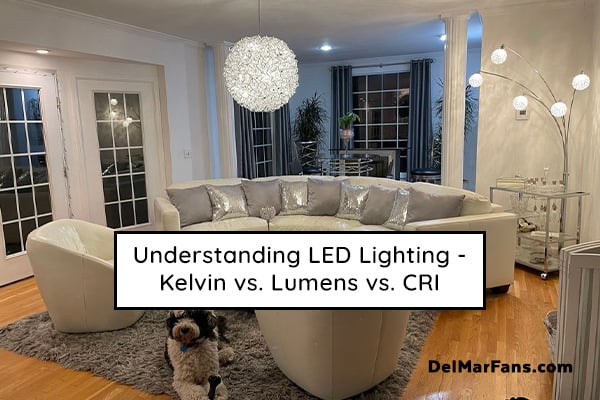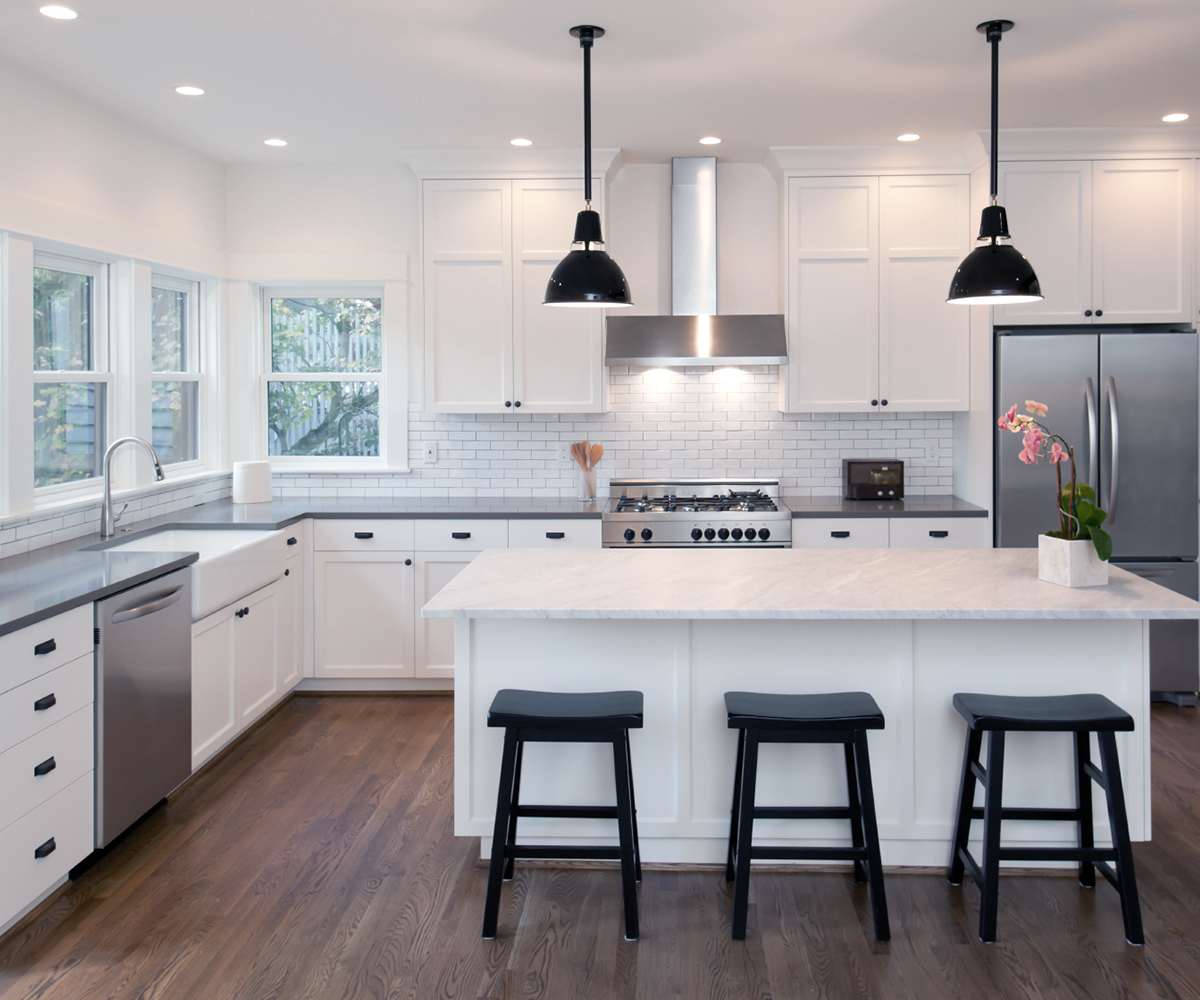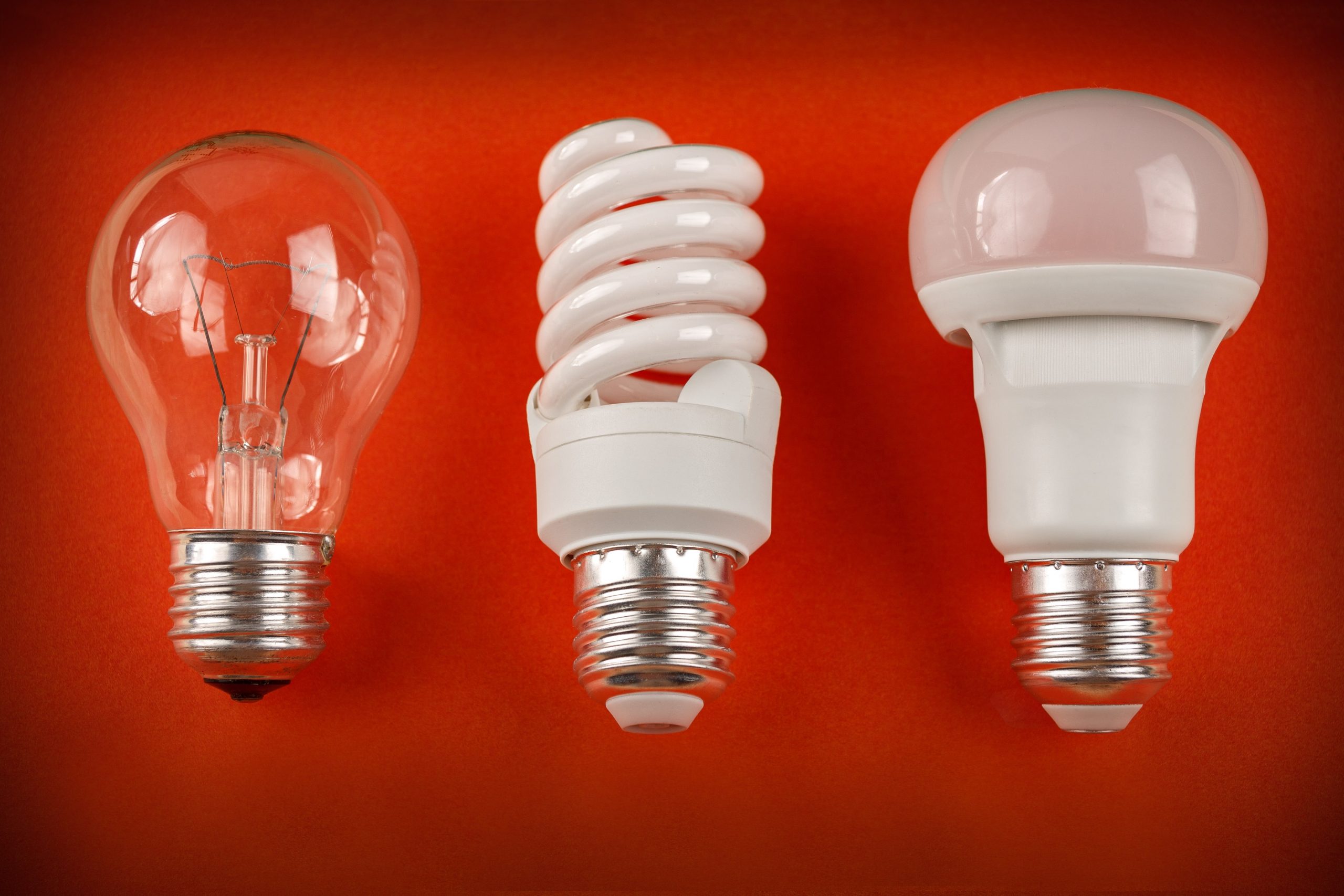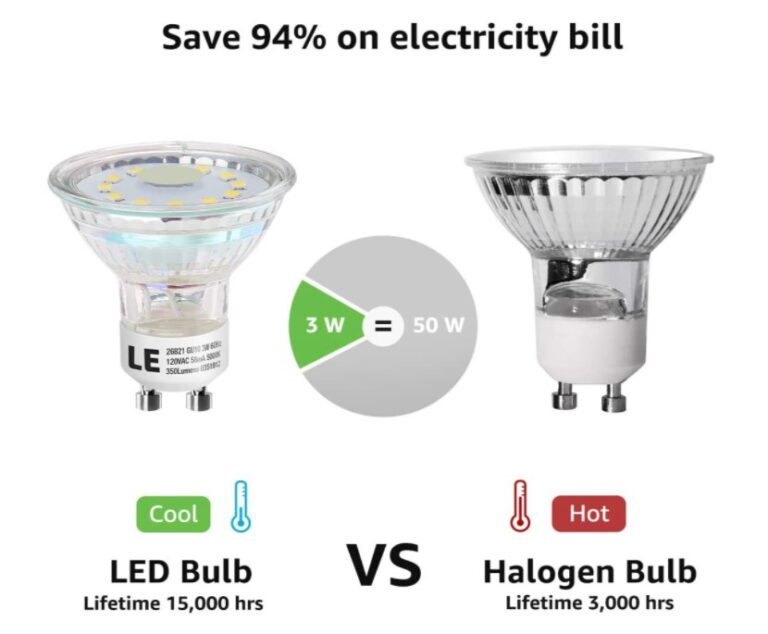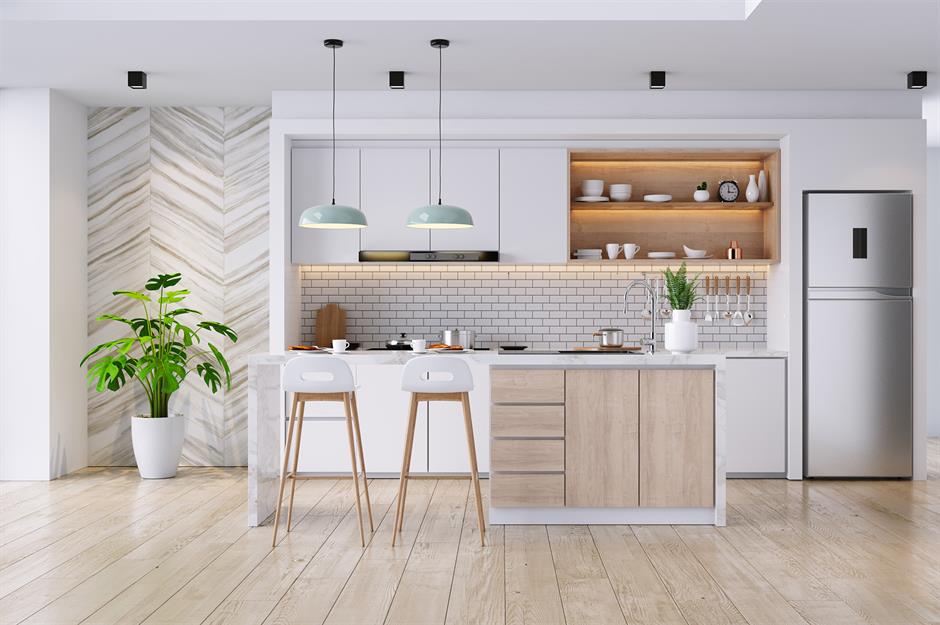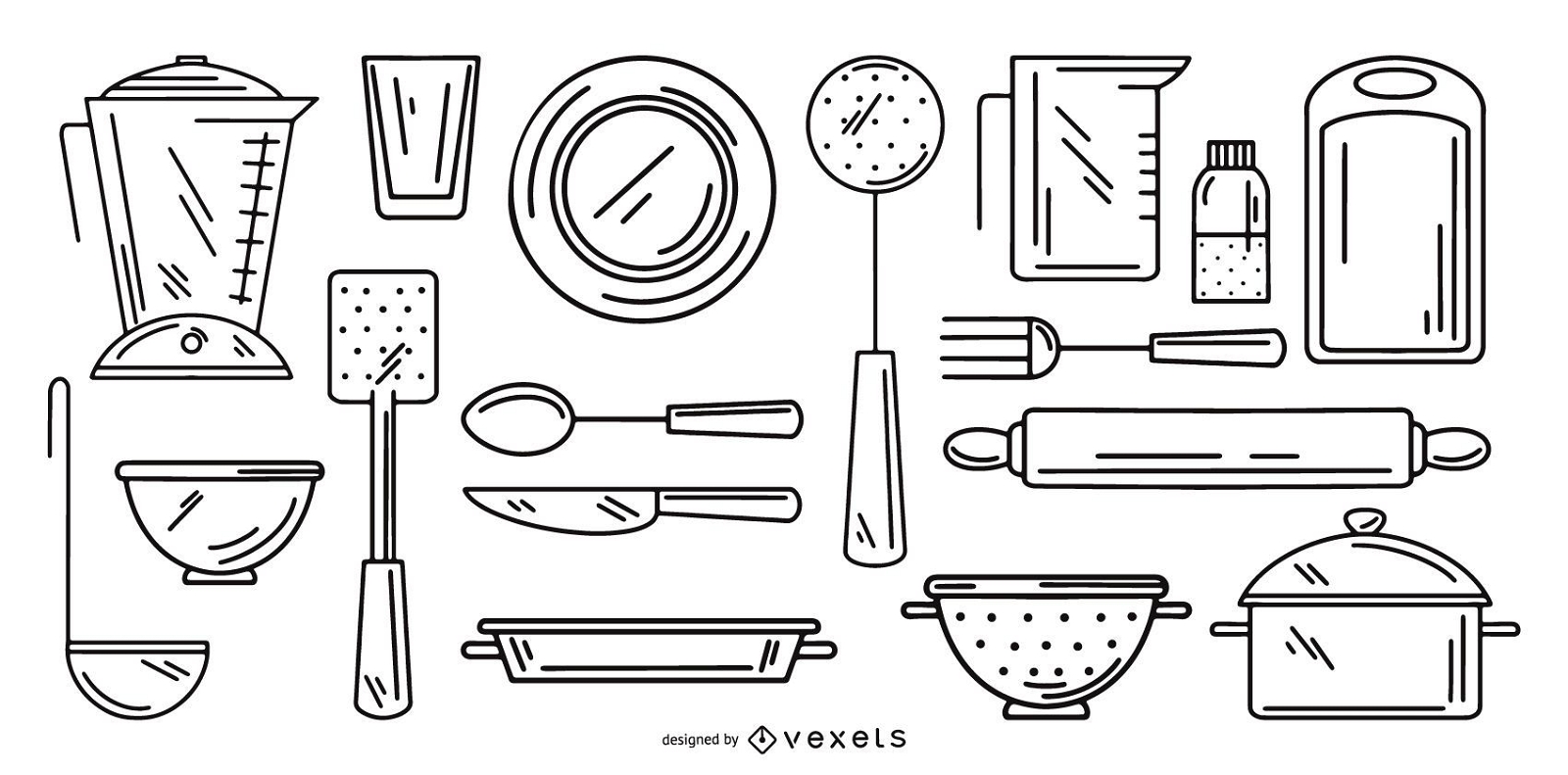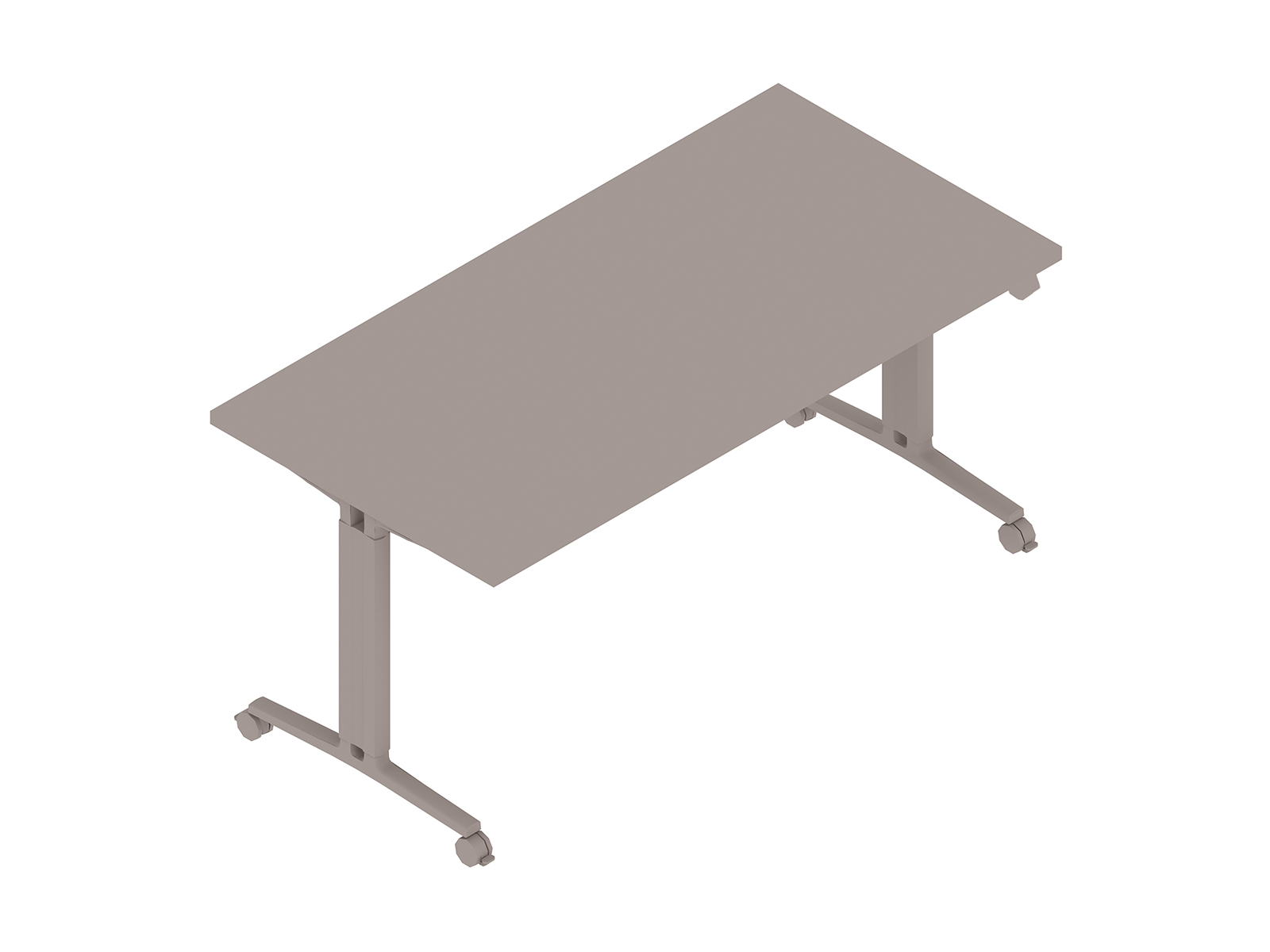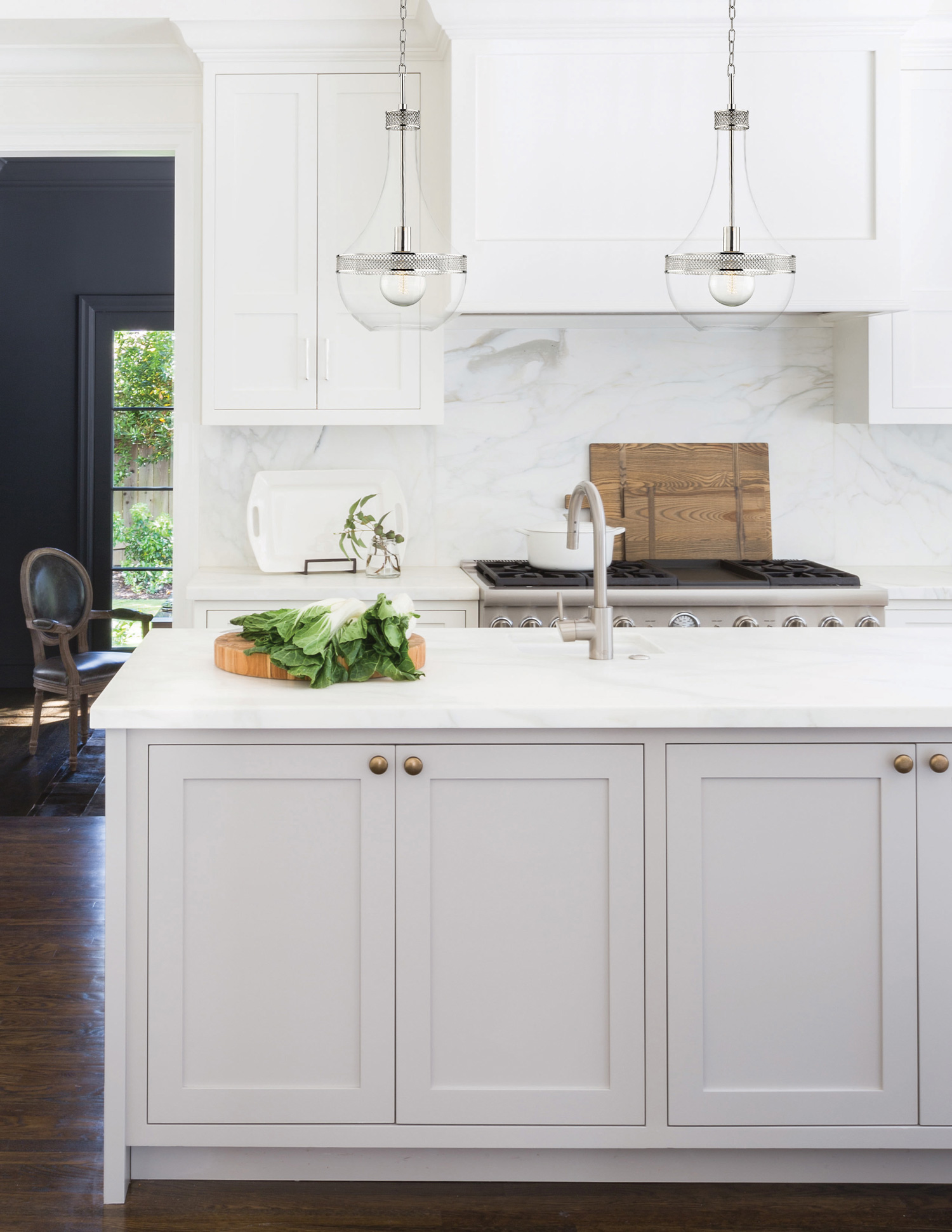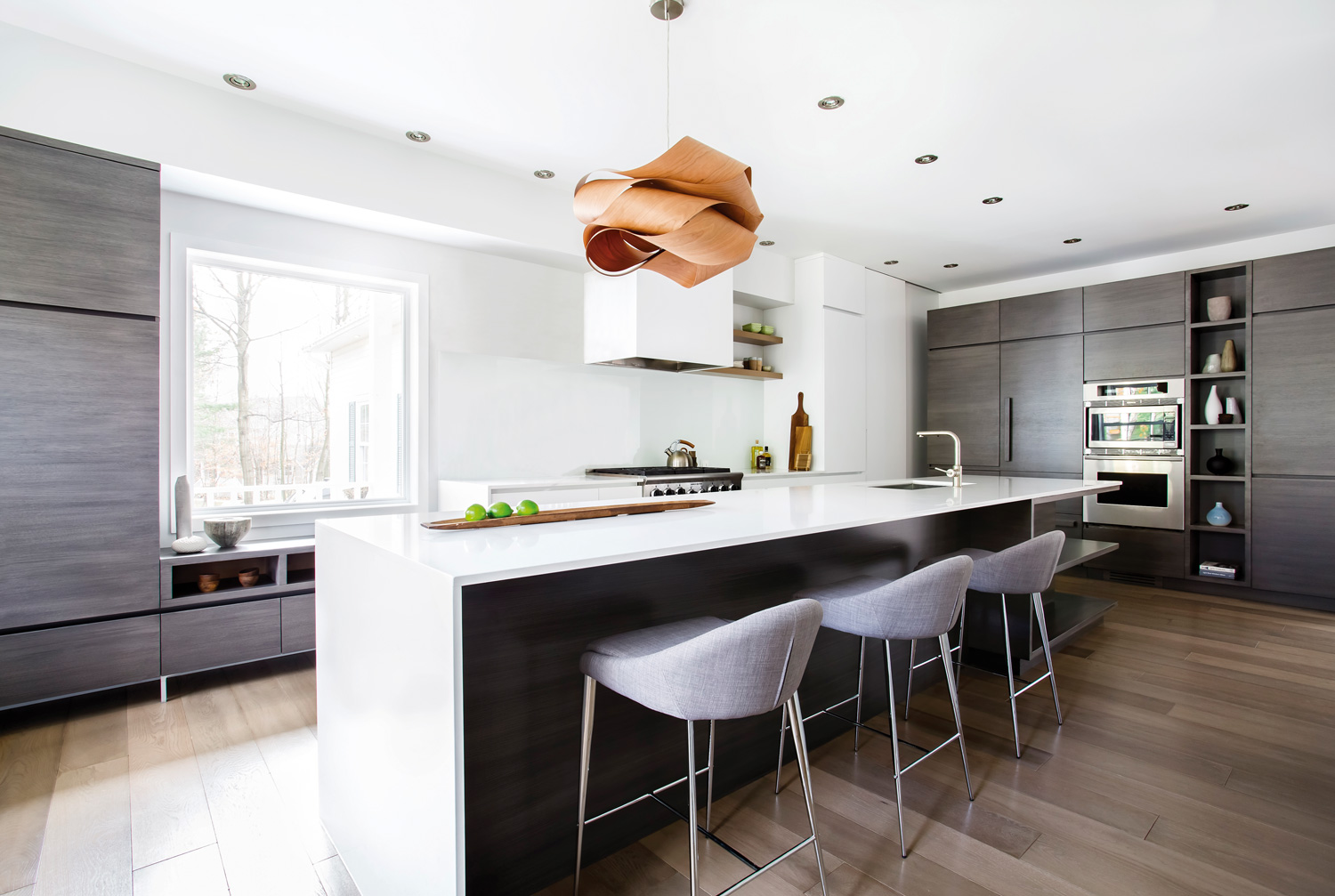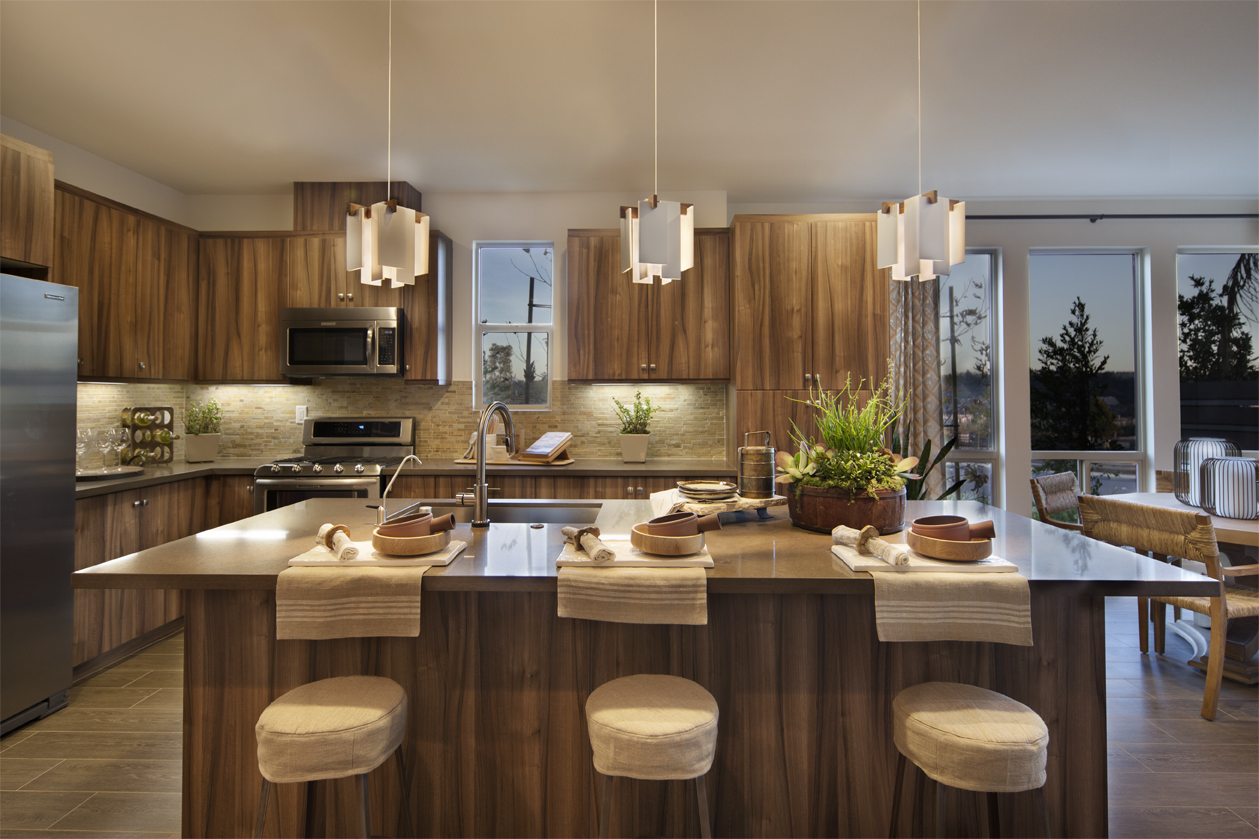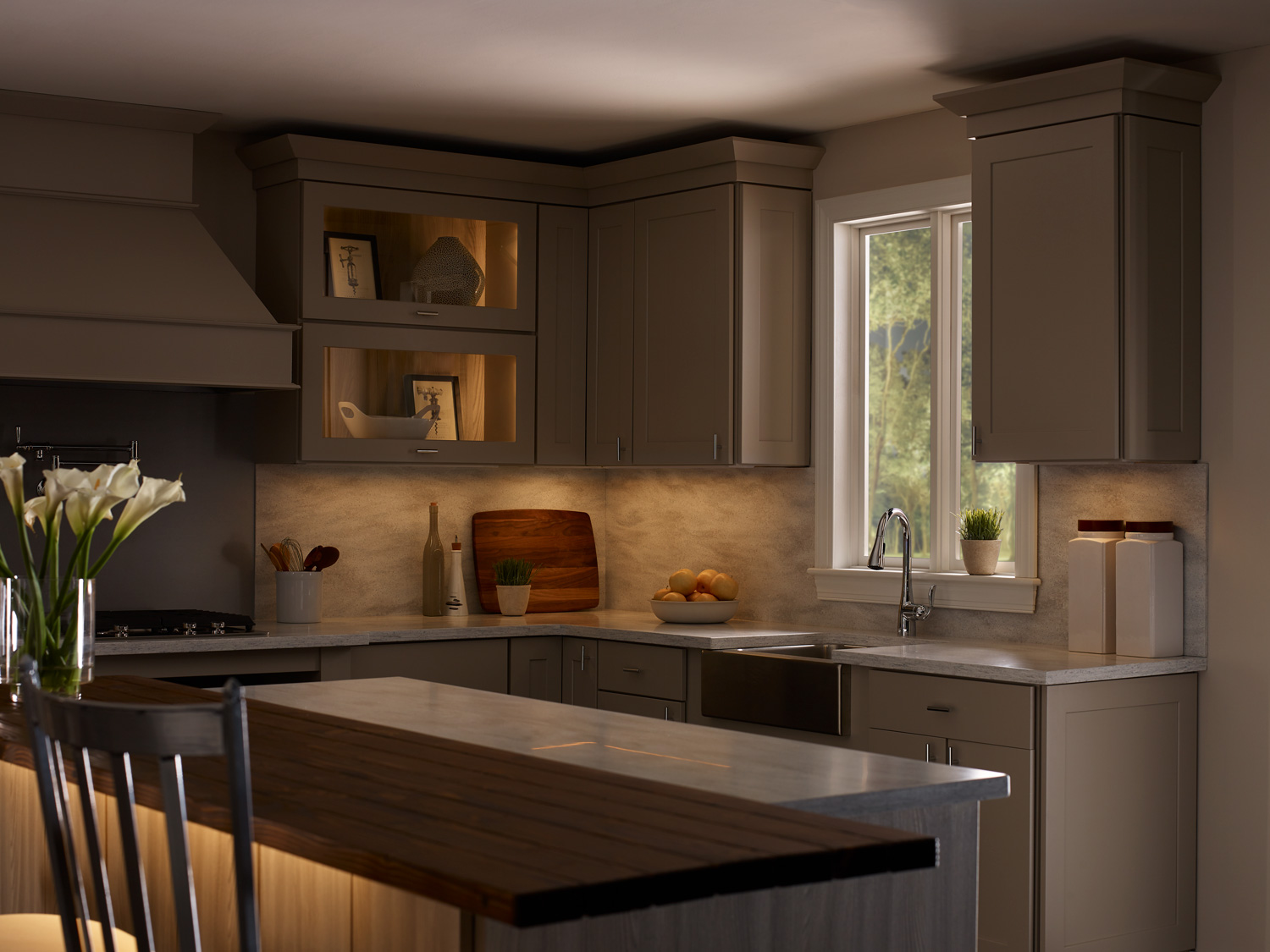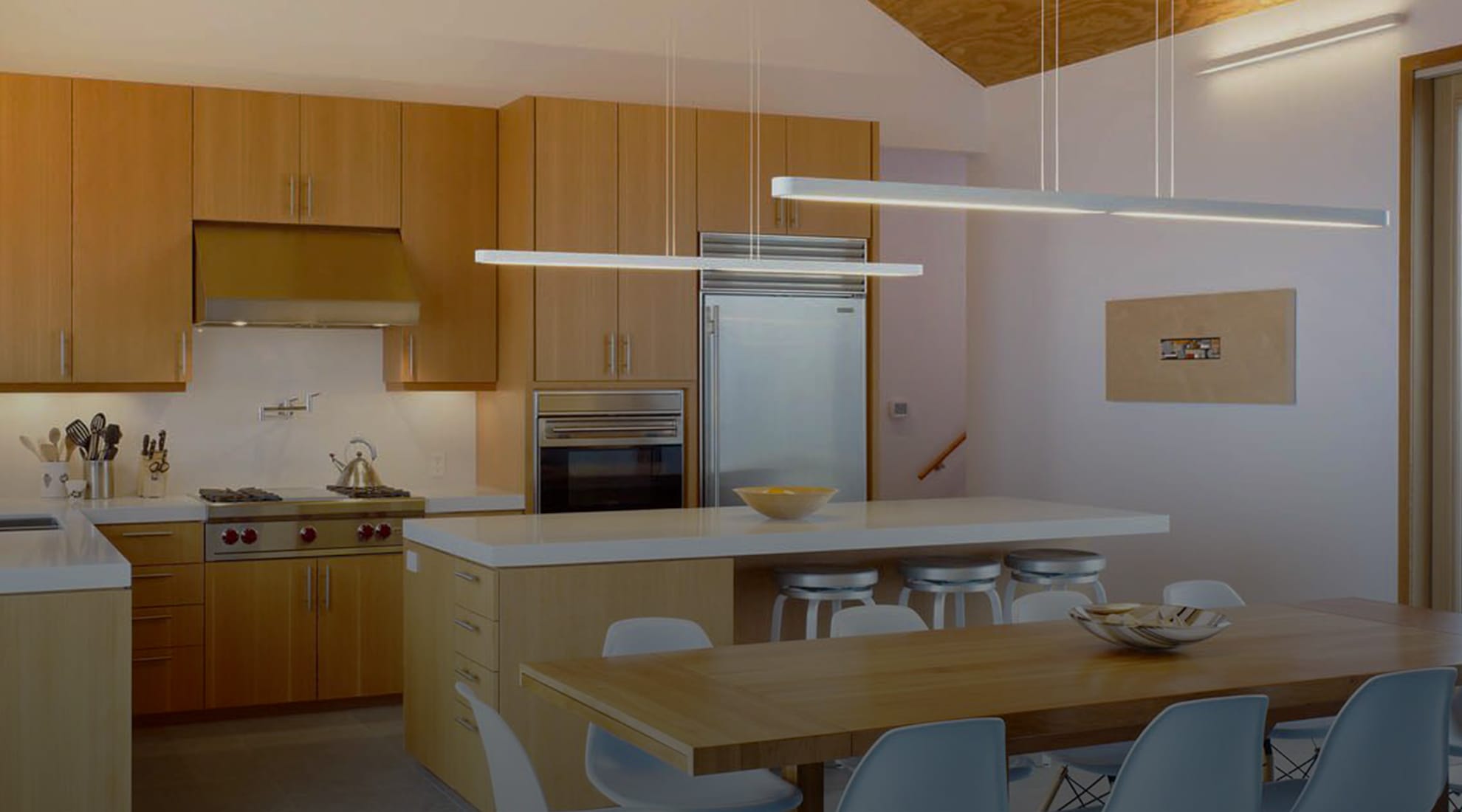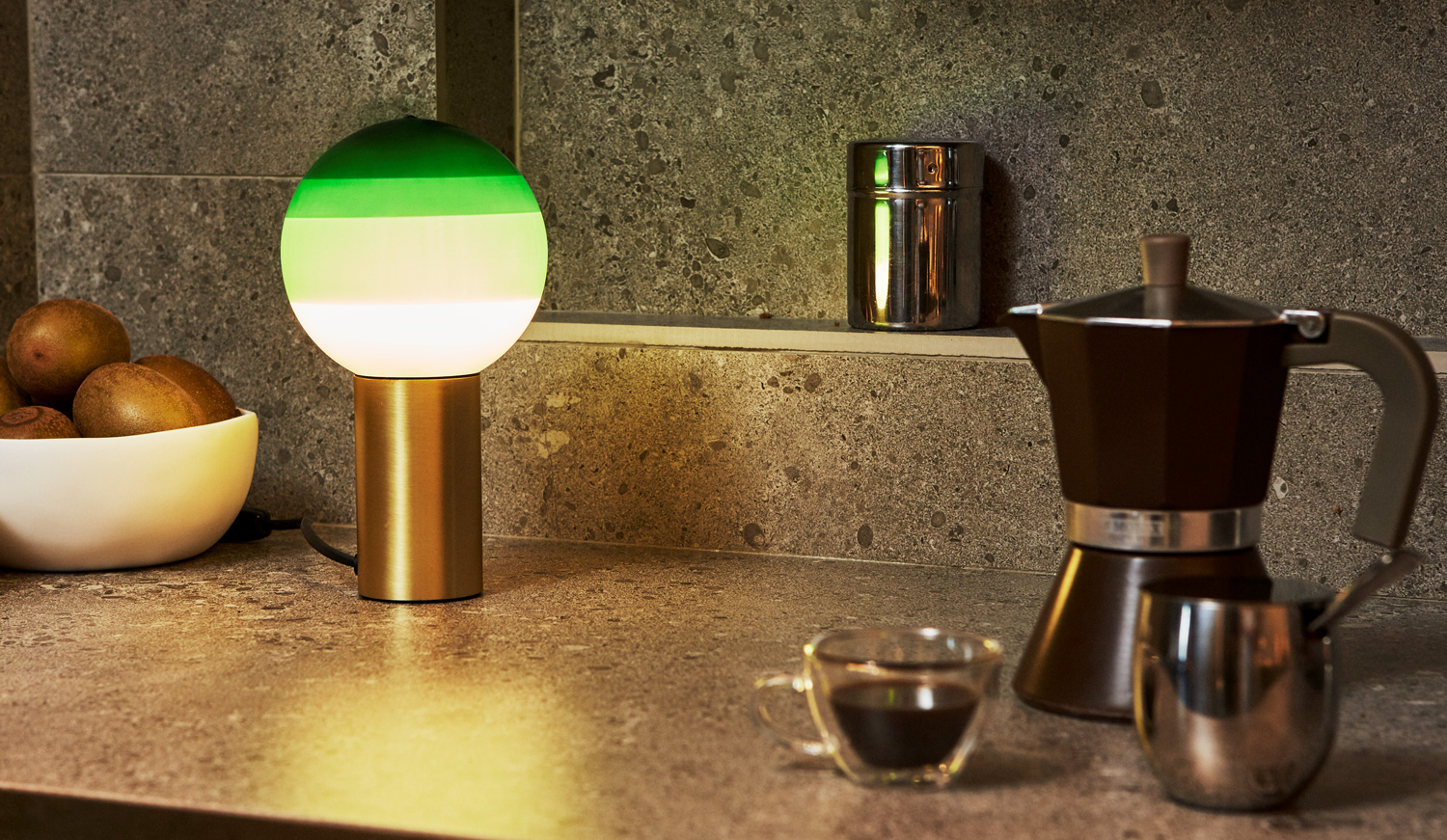If you're in the process of designing or renovating your kitchen, one important aspect to consider is the lighting. Not only does it play a functional role in helping you see and work in the space, but it also adds to the overall aesthetic. When it comes to lighting, one of the most important factors to consider is the lumens. So, how many lumens do you need for your kitchen? Let's find out.How Many Lumens Do You Need for Kitchen Lighting?
Calculating the number of lumens needed for your kitchen is not as complicated as it may seem. The first step is to measure the square footage of your kitchen. To do this, simply multiply the length by the width of the room. Once you have the square footage, multiply it by the recommended lumens per square foot for the type of lighting you want. For ambient lighting, the recommended lumens per square foot is 20-30, for task lighting it's 70-80, and for accent lighting it's 10-20.How to Calculate the Number of Lumens for Your Kitchen
When it comes to choosing the right lumens for your kitchen lighting, there are a few things to keep in mind. Firstly, consider the size and layout of your kitchen. A larger kitchen will require more lumens to adequately light the space. Secondly, think about the type of lighting you want. If you're looking for bright and functional lighting, then you'll need more lumens for task lighting. On the other hand, if you want a softer and more ambient feel, then you can opt for fewer lumens.Choosing the Right Lumens for Your Kitchen Lighting
As mentioned earlier, the recommended lumens per square foot will vary depending on the type of lighting you want. For ambient lighting, which provides overall illumination for the room, aim for 20-30 lumens per square foot. For task lighting, which is meant to light up specific work areas, 70-80 lumens per square foot is recommended. And for accent lighting, which adds a decorative touch to the room, aim for 10-20 lumens per square foot.Recommended Lumens for Different Types of Kitchen Lighting
Aside from the size and type of lighting, there are a few other factors to consider when determining the number of lumens needed for your kitchen. One is the color temperature of the light bulbs. Warm or cool tones can affect the perceived brightness of the room. Another factor is the type of kitchen tasks you'll be doing. If you'll be doing detailed work like chopping vegetables or reading recipes, you'll need brighter task lighting compared to just general food prep.Factors to Consider When Determining Lumens for Kitchen Lighting
Measuring lumens in your kitchen can be done with the use of a light meter. This device measures the amount of light in a given area and can help you determine if you have enough lumens for your space. Alternatively, you can also use an online lumens calculator by inputting the square footage of your kitchen and the recommended lumens per square foot for the type of lighting you want.How to Measure Lumens in Your Kitchen
When it comes to light bulbs, lumens and wattage are often confused. Wattage refers to the amount of energy a light bulb uses, while lumens measure the brightness of the light. In the past, we used to equate higher wattage with brighter light, but with the rise of energy-efficient LED bulbs, this is no longer the case. When choosing light bulbs for your kitchen, pay attention to the lumens rather than the wattage to ensure you have the right amount of brightness.Understanding Lumens and Wattage for Kitchen Lighting
To achieve bright and functional lighting in your kitchen, it's important to choose the right light bulbs. LED bulbs are the most energy-efficient and long-lasting option, making them a popular choice for kitchen lighting. When choosing LED bulbs, look for ones with a high number of lumens for a bright and well-lit space. You can also consider purchasing smart bulbs, which can be controlled and adjusted using your smartphone or voice commands.Best Light Bulbs for Bright Kitchen Lighting
As mentioned earlier, the type of kitchen tasks you'll be doing can affect the amount of lumens needed for your lighting. If you're cooking or doing food prep, you'll need bright and focused lighting in the task areas. However, when entertaining or enjoying a meal, you may want softer and dimmer lighting for a cozy atmosphere. This can be achieved by using dimmable light bulbs or installing dimmer switches for your kitchen lighting.How to Adjust Lumens for Different Kitchen Tasks
While lumens play a crucial role in kitchen lighting, there are some common mistakes that people make when choosing them. One is not considering the color temperature of the bulbs, which can greatly affect the overall feel of the room. Another mistake is not taking into account the different types of lighting needed for different kitchen tasks. And finally, many people underestimate the importance of having enough lumens in the kitchen, resulting in a poorly lit and uninviting space. In conclusion, knowing how many lumens you need for your kitchen lighting is essential for creating a functional and inviting space. By considering factors such as the size and layout of your kitchen, the type of lighting you want, and the tasks you'll be doing, you can ensure that your kitchen is well-lit and meets your specific needs. Don't be afraid to experiment and adjust the lumens as needed to find the perfect balance for your space.Common Mistakes When Choosing Lumens for Kitchen Lighting
Choosing the Right Kitchen Lighting: How Many Lumens Do You Need?
Creating a Well-Lit and Functional Kitchen
 When it comes to designing a kitchen, lighting is often an overlooked aspect. However, it is an essential element that not only enhances the aesthetics but also plays a crucial role in creating a functional and comfortable space. One important factor to consider when choosing kitchen lighting is the
number of lumens
needed to adequately illuminate the space. Let's dive into the world of lumens and understand how to determine the ideal amount for your kitchen.
When it comes to designing a kitchen, lighting is often an overlooked aspect. However, it is an essential element that not only enhances the aesthetics but also plays a crucial role in creating a functional and comfortable space. One important factor to consider when choosing kitchen lighting is the
number of lumens
needed to adequately illuminate the space. Let's dive into the world of lumens and understand how to determine the ideal amount for your kitchen.
What are Lumens and Why Do They Matter?
 Lumens
are a unit of measurement for the amount of visible light produced by a light source. In simple terms, it is a measure of the brightness of a light bulb. While wattage is often associated with brightness, it actually measures the amount of energy a light bulb uses. As technology has advanced, the wattage needed to produce a certain level of brightness has decreased, making lumens a more accurate measurement for determining the brightness of a light source.
Lumens
are a unit of measurement for the amount of visible light produced by a light source. In simple terms, it is a measure of the brightness of a light bulb. While wattage is often associated with brightness, it actually measures the amount of energy a light bulb uses. As technology has advanced, the wattage needed to produce a certain level of brightness has decreased, making lumens a more accurate measurement for determining the brightness of a light source.
Calculating the Number of Lumens Needed for Your Kitchen
 Now that we understand what lumens are, the next question is, how many do you need for your kitchen? The amount of lumens required depends on the size and layout of your kitchen, as well as your personal preferences. A good rule of thumb is to aim for
50-100 lumens per square foot
of kitchen space. For example, a 100 square foot kitchen would require 5,000-10,000 lumens. However, this is just a general guideline, and you can adjust the number based on your specific needs.
Now that we understand what lumens are, the next question is, how many do you need for your kitchen? The amount of lumens required depends on the size and layout of your kitchen, as well as your personal preferences. A good rule of thumb is to aim for
50-100 lumens per square foot
of kitchen space. For example, a 100 square foot kitchen would require 5,000-10,000 lumens. However, this is just a general guideline, and you can adjust the number based on your specific needs.
Consider the Different Types of Lighting
 When choosing kitchen lighting, it's important to incorporate different types of lighting to create a well-lit and functional space. Ambient lighting provides overall illumination and can be achieved through overhead fixtures or recessed lights. Task lighting, such as under cabinet lights or pendant lights over the kitchen island, is essential for specific tasks like food preparation and cooking. Accent lighting, such as spotlights or track lighting, adds depth and dimension to the space.
When choosing kitchen lighting, it's important to incorporate different types of lighting to create a well-lit and functional space. Ambient lighting provides overall illumination and can be achieved through overhead fixtures or recessed lights. Task lighting, such as under cabinet lights or pendant lights over the kitchen island, is essential for specific tasks like food preparation and cooking. Accent lighting, such as spotlights or track lighting, adds depth and dimension to the space.
Don't Forget About Color Temperature
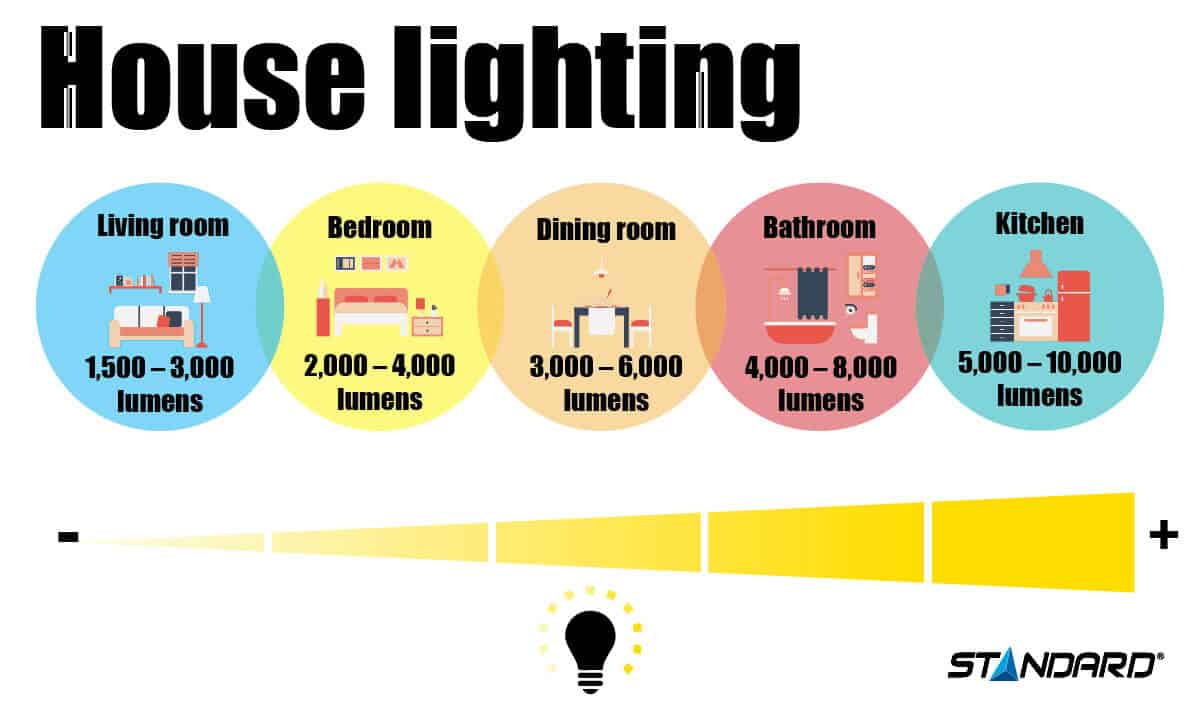 Apart from lumens, another factor to consider is the
color temperature
of the light bulbs. This refers to the color of the light emitted, ranging from warm (yellow) to cool (blue). For a kitchen, it's best to use bulbs with a cool temperature (around 3500-4000k) as it mimics natural daylight and makes it easier to see while cooking.
Apart from lumens, another factor to consider is the
color temperature
of the light bulbs. This refers to the color of the light emitted, ranging from warm (yellow) to cool (blue). For a kitchen, it's best to use bulbs with a cool temperature (around 3500-4000k) as it mimics natural daylight and makes it easier to see while cooking.
Final Thoughts
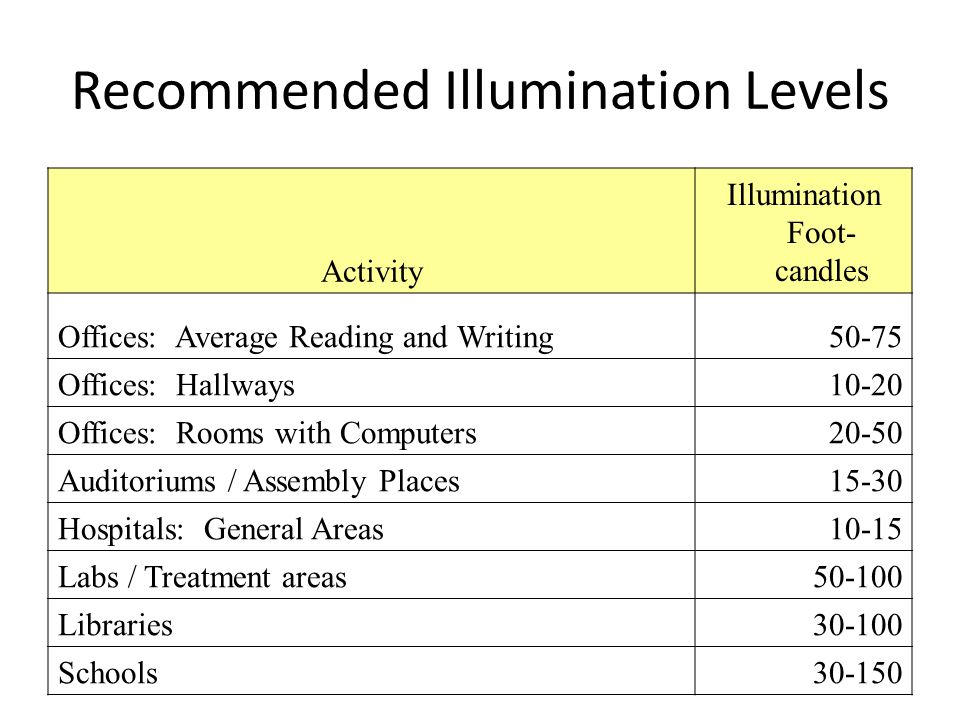 In conclusion, the number of lumens needed for your kitchen depends on various factors, including the size and layout of the space, the type of lighting used, and personal preference. By understanding lumens and incorporating different types of lighting, you can create a well-lit and functional kitchen that meets your specific needs. So the next time you're designing a kitchen, don't forget to consider the
lumens needed for kitchen lighting
to create a beautiful and practical space.
In conclusion, the number of lumens needed for your kitchen depends on various factors, including the size and layout of the space, the type of lighting used, and personal preference. By understanding lumens and incorporating different types of lighting, you can create a well-lit and functional kitchen that meets your specific needs. So the next time you're designing a kitchen, don't forget to consider the
lumens needed for kitchen lighting
to create a beautiful and practical space.





